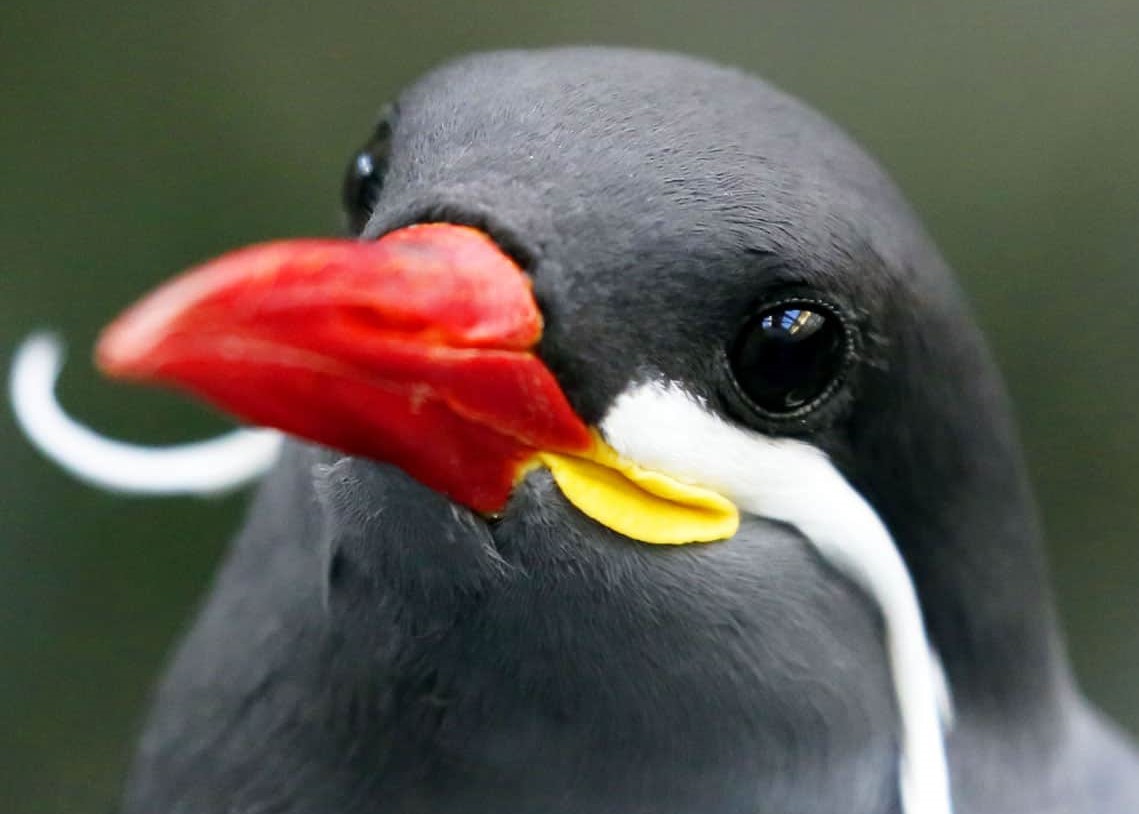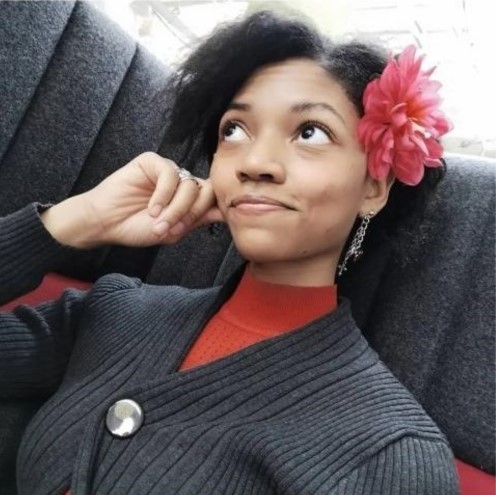You'll find our Glamorous Peafowl wandering free-range birds in our Theropods Sector 2. These inquisitive birds are very friendly, but please do not touch or chase them; they will fight back.
These magnificent birds native to planet Osao. They have garnered quite a name for themselves, as creatures of great power and beauty.

Glamorous Peafowl Head by Mochi
Quick Facts
COMMON NAME: Glamorous Peafowl
SCIENTIFIC NAME: Pavo lepidus
DIET: Seeds, nuts, fruits, invertebrates
HABITAT: Grasslands, forests
CONSERVATION STATUS: Least Concern
FUN FACT: The Glamorous Peafowl is the State Bird of the Blubber Dun!
YEAAAAAAAAAAAAAAAH MY BOI THE PEAFOWL
Anatomy
Glamorous peafowl have the typical anatomy of a bird in their genus. They are on the larger size in their family, standing at three feet tall when relaxed. They have an unmistakeable plumage, their entire body hosting bright teal feathers. Their backs are lined with small green stripes, more prominent in females than in males.
Feather Train
Easily the most iconic feature of these birds is their feather train. This bright arrangement of pink, white, and yellow feathers is what stands them out from other birds. Their bright pink feathers are more stiff, and raised upwards when males try to woo a mate. The softer, light feathers keep the main feathers from getting dirty, as they drag along the floor. See if you can find any feather tracks while wandering around the zoo!

Glamorous Peafowl by Mochi
Behaviour & Communication
Vocalisation
A big part of these bird's behaviour is vocalisation. If you arrive at the zoo early in the mornings, you'll undoubtedly hear these birds wake up and scream.
Glamorous peafowl only vocalise when either stressed or angry. They are a diurnal species and abruptly wake up in mornings, always waking up in a grumpy mood. To relieve said stress, they climb into trees and scream for around ten minutes.
Feathers
To communicate with
conspecifics, peafowl use their feathers. They are capable of altering the visible colouration of some of the feathers in their front trains, as they contain chromatophores.
It takes a couple of seconds for the peafowl to change its feather colours. We have signs posted around the Theropods Sector 2 detailing some emotions these birds feel, to teach visitors how to correctly behave around them.
Colours and their meanings
Red (erythrophores) - Anger/Stress
Yellow (xanthophores) - Intrigue/Curiosity
Black (melanophores) - Unconsciousness/Death
Blue (cyanophores) - Loneliness/Sadness
White (leucophores) - Scared
Green (viridophores) - Happy/Content
Purple (purpuraphores) - Bored
Antennas
These peafowl use their antenna feathers to express their emotions. A happy and content peafowl will curl their antenna forwards, and when scared they will curl the opposite direction.
When these birds feel threatened their antenna feathers will straighten, pointing upwards. If you're the reason the bird feels threatened, the best thing to do is give it some distance or walk away entirely.
Did You Know?
We are legally required to let our glamorous peafowl roam free. They are confined to just one Sector, but we must let them wander about. We try our best to keep them from wandering into enclosures by having netting over the dangerous animals, but you'll find the peafowl in some of our smaller animal enclosures.

Glamorous Peafowl Antenna by Mochi
Why does that damn bird keep turning its head and looking in the other direction every time I try to take a picture?! And why can't get it's beautiful pink feathers to show up on my photos? I need to share him with everyone!
Diet
Glamorous peafowl are omnivorous, with a wide diet in their native range. They have been recorded eating seeds, nuts, fruit fallen from trees or from low-growing bushes, insects and other small invertebrates, crustaceans, cephalopods, and even tiny reptiles and amphibians.
In the A To Zoo we provide a rich diet for our peafowl. You'll notice small troughs hidden in the corners of the Sector, containing vita-mils, a specialist bird feed from an Osaoan company we sponsor. We ask that visitors do not give wandering peafowls any food - you may disrupt some strict feeding guidelines for any peafowl that may be on medication, which could be fatal.
Habitat & Distribution
Glamorous peafowl live in just one location on Osao, the Blubber Dun. This massive region is just one incredibly smooth hill, comprised of several layers of squishy soil that make it a joy to run around on. Peafowl are mostly terrestrial, choosing to wander along the ground floor of the forests on the Dun.
State Bird of Blubber Dun
Each region on Osao has a State Bird. Blubber Dun's State Bird is the glamorous peafowl of course, a resplendant bird. A male peacock features on the region's flag, along with a dark green and white background. The bird is one of the most famous on the planet, easily one of the most recognisable.












I love them. <3
Explore Etrea | March of 31 Tales
they love you <3